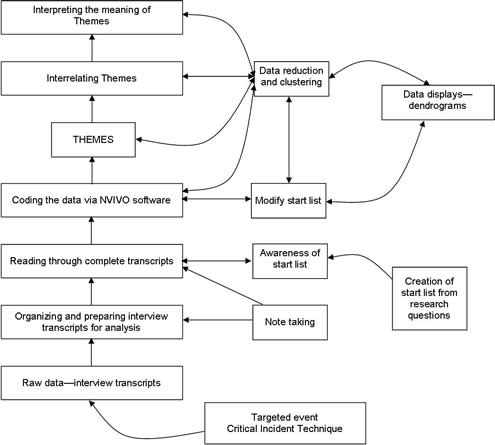
The requirements may be communicated by analysts to custodians of the data such as, Information Technology personnel within an organization. Data collection ĭata is collected from a variety of sources. Data may be numerical or categorical (i.e., a text label for numbers).

Specific variables regarding a population (e.g., age and income) may be specified and obtained. The general type of entity upon which the data will be collected is referred to as an experimental unit (e.g., a person or population of people). The data is necessary as inputs to the analysis, which is specified based upon the requirements of those directing the analysis (or customers, who will use the finished product of the analysis). The CRISP framework, used in data mining, has similar steps. The phases are iterative, in that feedback from later phases may result in additional work in earlier phases. There are several phases that can be distinguished, described below. "Procedures for analyzing data, techniques for interpreting the results of such procedures, ways of planning the gathering of data to make its analysis easier, more precise or more accurate, and all the machinery and results of (mathematical) statistics which apply to analyzing data." Statistician John Tukey, defined data analysis in 1961, as: Data, is collected and analyzed to answer questions, test hypotheses, or disprove theories. Data analysis, is a process for obtaining raw data, and subsequently converting it into information useful for decision-making by users. 7.2.1 Exploratory and confirmatory approachesĭata science process flowchart from Doing Data Science, by Schutt & O'Neil (2013)Īnalysis, refers to dividing a whole into its separate components for individual examination.7.1.6 Final stage of the initial data analysis.7.1.4 Did the implementation of the study fulfill the intentions of the research design?.6.2 Analytics and business intelligence.3 Techniques for analyzing quantitative data.ĭata integration is a precursor to data analysis, and data analysis is closely linked to data visualization and data dissemination. All of the above are varieties of data analysis.


Predictive analytics focuses on the application of statistical models for predictive forecasting or classification, while text analytics applies statistical, linguistic, and structural techniques to extract and classify information from textual sources, a species of unstructured data. EDA focuses on discovering new features in the data while CDA focuses on confirming or falsifying existing hypotheses. In statistical applications, data analysis can be divided into descriptive statistics, exploratory data analysis (EDA), and confirmatory data analysis (CDA). ĭata mining is a particular data analysis technique that focuses on statistical modelling and knowledge discovery for predictive rather than purely descriptive purposes, while business intelligence covers data analysis that relies heavily on aggregation, focusing mainly on business information. In today's business world, data analysis plays a role in making decisions more scientific and helping businesses operate more effectively.

Data analysis has multiple facets and approaches, encompassing diverse techniques under a variety of names, and is used in different business, science, and social science domains.
Data analysis methods for qualitative research series#
cleansing, generic data-sets and modelling Part of a series on Statisticsĭata analysis is a process of inspecting, cleansing, transforming, and modelling data with the goal of discovering useful information, informing conclusions, and supporting decision-making. Machine Learning Data analysis process inspection.


 0 kommentar(er)
0 kommentar(er)
